Home>Storage Ideas>Storage Baskets>How To Care For Impatiens In Hanging Baskets


Storage Baskets
How To Care For Impatiens In Hanging Baskets
Modified: February 24, 2024
Discover the best techniques for caring for impatiens in hanging baskets, including tips on watering, fertilizing, and dealing with pests. Make the most of your storage baskets with our expert advice!
(Many of the links in this article redirect to a specific reviewed product. Your purchase of these products through affiliate links helps to generate commission for Storables.com, at no extra cost. Learn more)
Introduction
Welcome to our comprehensive guide on how to care for impatiens in hanging baskets! If you’re a gardening enthusiast or someone who wants to liven up your outdoor space with beautiful and vibrant flowers, impatiens are an excellent choice. These colorful blooms are known for their ability to thrive in hanging baskets, adding a touch of elegance to porches, balconies, and patios.
Impatiens, also known as busy Lizzies, are versatile and easy-to-grow plants that can brighten up any space with their vibrant hues of pinks, reds, oranges, and whites. They are low maintenance and provide a continuous display of blossoms throughout the summer months.
In this guide, we will walk you through everything you need to know about caring for impatiens in hanging baskets. From selecting the right basket and choosing the best impatiens varieties to planting, watering, fertilizing, and dealing with common pests and diseases, we’ve got you covered!
So, let’s dive in and discover the secrets to keeping your impatiens thriving and looking their best in hanging baskets.
Key Takeaways:
- Choose the right hanging basket for impatiens based on material, size, drainage, and hanging mechanism to ensure proper air circulation, drainage, and support for healthy growth and longevity.
- Select impatiens varieties carefully based on growing conditions, colors, and growth habits to create a stunning and vibrant hanging basket that thrives in confined spaces.
Read more: How To Hang Baskets On The Wall
Choosing the Right Hanging Basket
When it comes to selecting the right hanging basket for your impatiens, there are a few factors to consider. The choice of basket can have a significant impact on the success of your plants and their overall appearance. Here are some tips to help you make the right choice:
- Material: Hanging baskets are available in various materials such as plastic, metal, clay, or woven materials like wicker or rattan. Plastic baskets are lightweight and retain moisture well, making them a popular choice. Metal baskets are durable but can heat up quickly in direct sunlight. Woven baskets create a more natural and rustic look.
- Size: The size of the hanging basket will depend on the number of impatiens plants you plan to grow and the space available. A larger basket can accommodate more plants, creating a fuller display. However, ensure that the basket is proportionate to the area where you plan to hang it.
- Drainage: Good drainage is crucial for the health of your impatiens. Look for hanging baskets with drainage holes to prevent waterlogged soil. If the basket you choose doesn’t have drainage holes, you can create them yourself using a drill or by lining the bottom with small stones or broken pottery.
- Hanging Mechanism: Consider the hanging mechanism of the basket. Some baskets come with built-in hooks, while others require additional hardware for hanging. Ensure that the hanging mechanism is sturdy and can support the weight of a fully grown basket.
Remember, the right hanging basket will provide proper air circulation, drainage, and support for your impatiens plants, ensuring their healthy growth and longevity. Take your time to choose a basket that suits your style and meets the requirements of your impatiens.
Selecting Impatiens Varieties
Impatiens come in a wide variety of colors, sizes, and growth habits, allowing you to create a personalized and visually stunning display in your hanging baskets. Here are some popular impatiens varieties to consider:
- New Guinea Impatiens: These impatiens varieties have larger flowers and foliage compared to traditional bedding impatiens. They come in a range of vibrant colors and can tolerate more sun and heat. New Guinea impatiens are perfect if you have a spot with partial shade.
- Double Impatiens: Double impatiens feature fully double flowers, giving them a more luscious and fuller appearance. They are available in a variety of colors and are excellent for adding a touch of elegance to your hanging baskets.
- Bright Eyes Impatiens: These impatiens have eye-catching bicolor flowers, with a contrasting center and petal margins. They add a vibrant and striking element to your hanging baskets.
- Trailing Impatiens: If you’re looking for impatiens that will trail beautifully over the sides of your hanging baskets, consider trailing varieties. They have a cascading growth habit, creating a stunning display of flowers and foliage.
- Miniature Impatiens: These impatiens varieties are perfect for small hanging baskets or mixed container gardens. They have smaller flowers and a compact growth habit, making them ideal for tight spaces.
When selecting impatiens varieties, consider the specific growing conditions of your hanging basket. Some impatiens prefer full shade, while others can tolerate more sun. Additionally, choose colors that complement your overall garden design and create a harmonious combination of hues in your hanging basket.
Remember to read the plant tags or do some research to ensure that the impatiens varieties you choose are suitable for hanging baskets. Different varieties have different growth habits, so it’s important to select ones that will thrive in a confined space.
By carefully selecting impatiens varieties, you can create a stunning hanging basket that will be the envy of your neighbors and bring joy to your outdoor space.
Preparing the Hanging Basket
Before planting your impatiens in the hanging basket, it’s essential to prepare the basket properly. This preparation will create the ideal conditions for your impatiens to thrive and flourish. Follow these steps to get your hanging basket ready:
- Clean the Basket: Start by cleaning the hanging basket thoroughly. Remove any dirt, debris, or remnants of previous plantings. This will help prevent the spread of diseases and ensure a fresh start for your impatiens.
- Line the Basket: If your hanging basket doesn’t have a built-in liner, consider using a liner to help retain moisture. Coco fiber liners or sphagnum moss are popular choices. They provide excellent drainage while also holding moisture for the impatiens roots.
- Add Potting Mix: Fill the hanging basket with a high-quality potting mix that is well-draining. Avoid using garden soil, as it can become compacted and hinder root growth. Ensure that the potting mix is evenly distributed and fills the basket to about two-thirds full.
- Optional: Slow-Release Fertilizer: If desired, you can mix a slow-release fertilizer into the potting mix before planting your impatiens. This will provide a steady supply of nutrients to the plants throughout the growing season, reducing the need for frequent fertilizing.
- Moisten the Potting Mix: Before planting, thoroughly moisten the potting mix in the hanging basket. This will ensure that the impatiens roots have access to moisture right from the start. However, be careful not to oversaturate the soil, as overly wet conditions can lead to root rot.
By preparing the hanging basket properly, you create a supportive and nourishing environment for your impatiens. This will set the stage for healthy growth and abundant blooms as the season progresses.
Planting Impatiens in Hanging Baskets
Now that you’ve prepared your hanging basket, it’s time to plant your impatiens and bring your floral masterpiece to life. Follow these steps to ensure successful planting:
- Arrange the Plants: Before planting, determine the spacing and arrangement of your impatiens in the hanging basket. Consider the growth habit and size of the selected impatiens varieties. Place taller or trailing varieties towards the edge of the basket to create a balanced and visually appealing arrangement.
- Planting Depth: Gently remove the impatiens plants from their nursery containers and loosen the roots. Dig a small hole in the potting mix in the hanging basket, ensuring that the hole is deep enough to accommodate the roots without burying the stems or the crown of the plant. Place the impatiens in the hole and lightly press the soil around the roots to secure it in place.
- Spacing: Space the impatiens plants according to the recommended spacing for the specific variety. Typically, this is about 6-8 inches apart. Proper spacing ensures that each plant has enough room to grow and prevents overcrowding, which can lead to poor airflow and increased susceptibility to diseases.
- Fill in the Gaps: Once you have planted the impatiens, fill in any gaps between the plants with additional potting mix. Gently press the soil down to ensure the plants are secure and stable.
- Watering: After planting, give the impatiens a thorough watering to settle the soil and hydrate the roots. Ensure that the potting mix is evenly moist but not waterlogged.
Remember to consider the specific needs of the impatiens varieties you have chosen. Some varieties prefer more shade or indirect sunlight, while others can tolerate more sunlight. Adjust the placement of the hanging basket accordingly to provide the optimal growing conditions for your impatiens.
With careful planting, you are well on your way to creating a stunning display of impatiens in your hanging basket. The next step is to provide proper care through regular watering, fertilizing, and maintenance to ensure your impatiens thrive throughout the season.
Read more: How To Hang Hanging Baskets Without Drilling
Watering Impatiens in Hanging Baskets
Proper watering is crucial for the health and vitality of your impatiens in hanging baskets. These plants have a high water requirement and can quickly wilt if not adequately hydrated. Follow these tips to ensure you are watering your impatiens effectively:
- Check Soil Moisture: Monitor the moisture level of the potting mix regularly. Stick your finger about an inch into the soil to check if it feels dry. If the soil is dry, it’s time to water. If it still has moisture, hold off on watering for a little longer.
- Watering Frequency: Impatiens in hanging baskets typically require frequent watering due to their shallow root system and exposure to drying winds. During hot summer months, you may need to water every day, depending on the weather conditions. Aim to keep the soil consistently moist but not waterlogged.
- Watering Method: Use a gentle watering method to prevent damaging the delicate impatiens foliage. A watering can with a fine nozzle or a misting attachment on a hose works well. Apply water directly to the soil around the base of the plants, avoiding wetting the foliage as much as possible. Wet foliage can promote the development of diseases.
- Consider Absorbent Materials: To help retain moisture in the potting mix, consider incorporating absorbent materials such as peat moss or vermiculite. These materials can aid in moisture retention and reduce the need for frequent watering.
- Adjust for Weather Conditions: Pay attention to weather conditions, as they can influence the watering needs of your hanging basket impatiens. On hot and windy days, the potting mix may dry out more quickly, requiring more frequent watering. Conversely, during periods of rain or cooler temperatures, you may need to adjust your watering frequency to prevent overwatering and potential root rot.
It’s important to strike a balance with watering impatiens in hanging baskets. While they require consistent moisture, be careful not to overwater, as this can lead to waterlogged soil and root rot. Observing the moisture level and adjusting your watering routine accordingly will ensure that your impatiens stay healthy and vibrant throughout the growing season.
Water impatiens in hanging baskets regularly, keeping the soil consistently moist but not waterlogged. Fertilize every 2-3 weeks with a balanced liquid fertilizer to promote healthy growth and abundant blooms.
Fertilizing Impatiens in Hanging Baskets
Fertilizing your impatiens in hanging baskets is essential to provide them with the necessary nutrients for healthy growth and abundant blooms. Follow these guidelines to ensure effective fertilization:
- Select the Right Fertilizer: Choose a balanced, water-soluble fertilizer that is specifically formulated for flowering plants. Look for a fertilizer with equal or similar ratios of nitrogen (N), phosphorus (P), and potassium (K). These essential nutrients will promote overall plant health, root development, and flower production.
- Fertilizer Schedule: Begin fertilizing your impatiens about two to three weeks after planting. This allows the plants to establish their root systems first. Follow the instructions on the fertilizer packaging for the recommended application rate and frequency. Typically, you’ll need to fertilize every two to three weeks throughout the growing season.
- Apply Fertilizer Carefully: Dilute the fertilizer according to the package instructions. Avoid direct contact with the foliage to prevent leaf burn. Instead, water the hanging basket thoroughly first and then apply the diluted fertilizer to the moist soil. This way, the roots can absorb the nutrients without the risk of foliage damage.
- Consider Slow-Release Fertilizer: To simplify the fertilization process, you may opt for slow-release granular fertilizers. These gradually release nutrients over an extended period, providing a consistent supply of essential elements to the impatiens. Follow the package instructions for application rates and timing.
- Observe Plant Response: Watch how your impatiens respond to the fertilizer. If they appear healthy and produce abundant blooms, you’re on the right track. However, if you notice foliage that is excessively lush but lacks blooms, you may be overfertilizing. In this case, reduce the fertilizer application and reassess.
Remember that the specific fertilizer requirements may vary depending on the quality of your potting mix and local soil conditions. Regularly monitoring the health and performance of your impatiens will help you determine if any adjustments need to be made to the fertilization routine.
By providing the appropriate nutrients through fertilization, you can ensure that your impatiens in hanging baskets remain healthy, vigorous, and produce an abundance of vibrant blooms throughout the growing season.
Pruning and Deadheading Impatiens
Pruning and deadheading are essential tasks for maintaining the health and appearance of your impatiens in hanging baskets. Regular pruning promotes bushier growth, prevents legginess, and encourages the production of new flowers. Deadheading, on the other hand, helps to prolong the flowering period and keeps the plant looking tidy. Follow these guidelines for effective pruning and deadheading of impatiens:
- Remove Leggy Growth: To maintain a compact and bushy appearance, prune off any leggy or straggly stems. Use clean, sharp garden shears or scissors and make clean cuts just above a healthy set of leaves or a lateral branch. This will encourage new growth from the pruned area.
- Pinch Back the Tips: Pinching back the tips of the impatiens plants will help promote branching and create a fuller display. Pinch off the growing tips of the stems with your fingers or use pruners to remove the top inch or two. This will encourage the plant to send out new side shoots and produce more flowers.
- Remove Faded Flowers: Regularly deadhead faded or spent flowers to encourage continuous blooming. Pinch or snip off the entire flowerhead, including the stem, just above a set of healthy leaves or a lateral branch. Removing the spent flowers prevents seed production and redirects the plant’s energy towards producing new blooms.
- Prune for Airflow and Appearance: As your impatiens grow, some stems may become overcrowded or tangled. Prune out any crisscrossing or rubbing stems to improve airflow and prevent potential disease issues. Additionally, trim back any overly long or wayward stems to maintain a neat and visually appealing shape.
- Timing of Pruning: It’s generally best to perform pruning and deadheading in the morning or late afternoon when the temperature is cooler. Avoid pruning during the hottest part of the day to minimize stress on the plants.
Pruning and deadheading impatiens in hanging baskets not only keeps the plants looking tidy, but it also promotes healthier growth and prolongs the flowering period. These tasks are quick and straightforward, and regular maintenance will ensure that your impatiens continue to provide a stunning display throughout the season.
Dealing with Common Pests and Diseases
While impatiens are generally resilient and low-maintenance, they can still be susceptible to certain pests and diseases. It’s important to be proactive in identifying and treating these issues to keep your impatiens in hanging baskets thriving. Here are some common pests and diseases to watch out for and how to deal with them:
- Aphids: These small, soft-bodied insects feed on the sap of the plant, causing distorted growth and sticky residue. Use a strong blast of water from a hose to dislodge them, or apply insecticidal soap or neem oil spray to control severe infestations.
- Spider Mites: These tiny pests thrive in hot, dry conditions and feed on the undersides of leaves, causing yellowing and stippling. Increase humidity around the impatiens by misting them regularly. If infestations persist, use insecticidal soap or horticultural oil according to the instructions.
- Fungal Diseases: Impatiens can be susceptible to fungal diseases such as powdery mildew and downy mildew, especially in humid conditions. To prevent these diseases, provide adequate air circulation by spacing the plants properly and avoiding overhead watering. If signs of fungal infection appear, treat with fungicidal sprays as soon as possible.
- Root Rot: Overwatering or poorly draining soil can lead to root rot, which causes wilting, stunted growth, and yellowing leaves. Ensure proper drainage in your hanging basket and monitor the moisture levels. Adjust watering habits accordingly to prevent waterlogged soil.
- Slugs and Snails: These pests feed on the foliage of impatiens, leaving behind large, irregular holes. Remove any hiding places such as leaf debris and mulch around the base of the plants. Place traps or use organic slug and snail baits to control their population.
Regularly inspect your impatiens for any signs of pests or diseases, and take prompt action to prevent them from spreading. Early detection and intervention are key to successfully managing these issues and ensuring the health and beauty of your impatiens in hanging baskets.
Protecting Impatiens from Extreme Weather Conditions
Impatiens are generally known for their love of shade and cooler temperatures. However, they can still face challenges when confronted with extreme weather conditions. Whether it’s scorching heat, heavy rains, or strong winds, taking appropriate measures to protect your impatiens will help them thrive. Here are some tips to safeguard your impatiens from extreme weather:
- Shade from Intense Sunlight: While impatiens can tolerate some morning sun or dappled sunlight, they prefer shade. If your hanging basket is exposed to intense sunlight, consider moving it to a location with more shade, such as under a tree or on a shaded patio. Alternatively, you can use shade cloth or sheer curtains to filter the sunlight and protect the impatiens from scorching.
- Watering during Heatwaves: During heatwaves or extended periods of hot weather, the soil in hanging baskets can dry out quickly. Increase the frequency of watering, ensuring that the potting mix stays consistently moist. Consider watering early in the morning or late in the evening to minimize evaporation and help the plants to absorb moisture more effectively.
- Protection from Heavy Rainfall: While impatiens enjoy moisture, excessive rainfall can lead to waterlogged soil and root rot. Consider using a hanging basket with good drainage, or place the basket on an elevated surface to allow excess water to drain freely. If heavy rainfall is expected, temporarily bring the hanging basket indoors or provide temporary overhead cover to protect the impatiens.
- Wind Protection: Strong winds can damage the delicate foliage and stems of impatiens. If your hanging basket is exposed to frequent gusts of wind, consider moving it to a more sheltered location. You can also use windbreaks such as walls, fences, or hedging to provide some protection. Additionally, staking taller varieties or using support structures can help keep the plants upright during windy conditions.
- Monitor Temperature Fluctuations: Impatiens are sensitive to drastic temperature changes. If temperatures drop suddenly, especially near or below freezing, bring your hanging basket indoors or into a protected area to prevent frost damage. Similarly, on cooler nights, you may consider covering the impatiens with a lightweight cloth to provide some insulation.
By taking these measures to protect your impatiens from extreme weather conditions, you can ensure their well-being and prolong their blooming season. Monitoring weather forecasts, being proactive, and providing the necessary care will help your impatiens thrive and continue to enhance your outdoor space.
Winterizing Impatiens in Hanging Baskets
While impatiens are typically grown as annuals, they are sensitive to cold temperatures and won’t survive frost or freezing conditions. However, with proper winterization, you can protect your impatiens in hanging baskets and potentially extend their lifespan. Here are some tips for winterizing impatiens:
- Monitor Temperatures: Keep an eye on the weather forecast as the temperatures start to drop. Once temperatures consistently dip below 50°F (10°C), it’s time to start preparing your impatiens for winter.
- Bring Indoors: Before the first frost, carefully remove the impatiens hanging basket from its outdoor location. Trim back any long or leggy stems to maintain a more compact and manageable size. Gently shake off any excess soil from the roots, being careful not to damage them.
- Replant or Overwinter: You have two options for overwintering your impatiens. The first option is to replant them in pots with fresh potting soil and place them in a sunny location indoors, such as a bright windowsill. The second option is to pot up the entire hanging basket, including the impatiens and the soil, and bring it indoors.
- Provide Adequate Light: Impatiens require bright indirect light, so choose a location indoors where they can receive a few hours of sunlight each day. Supplemental artificial lighting, such as fluorescent or LED grow lights, can also be beneficial in providing sufficient light during the winter months.
- Adjust Watering: During winter, impatiens require less water compared to the active growing season. Allow the soil to dry slightly between waterings to prevent overwatering and promote root health. However, be vigilant in monitoring moisture levels to ensure the plants don’t become too dry.
- Watch for Pests: Indoor plants are more susceptible to certain pests. Keep a close eye on your overwintered impatiens for signs of aphids, spider mites, or any other common pests. If detected, treat them promptly with appropriate organic pest control methods.
- Potential Reintroduction Outdoors: When spring arrives and the threat of frost has passed, you can gradually reintroduce your overwintered impatiens to outdoor conditions. Start by placing them in a shaded or protected area for a few hours each day, gradually increasing their exposure to sunlight over the course of a week. This acclimation process will help them adjust to outdoor conditions and avoid shock.
Keep in mind that not all impatiens can be successfully overwintered, and even with the utmost care, some may not survive the winter indoors. However, with a little effort, you can increase their chances and enjoy their beauty for an extended period of time.
Winterizing impatiens in hanging baskets requires careful preparation and attention to create a suitable environment for their survival during the colder months. By following these guidelines, you can protect your impatiens and potentially nurture them through the winter, ensuring a vibrant and blooming display in the coming seasons.
Conclusion
Caring for impatiens in hanging baskets is both rewarding and enjoyable. With their vibrant colors and lush foliage, impatiens can transform any outdoor space into a blooming paradise. By choosing the right hanging basket, selecting the best impatiens varieties, and properly preparing the basket, you set the foundation for success.
Remember to provide adequate watering, regular fertilization, and proper pruning to keep your impatiens healthy and thriving. Keep an eye out for common pests and diseases and take immediate action to prevent any issues from escalating. And when extreme weather conditions arise, take steps to protect your impatiens from scorching sun, heavy rain, or strong winds.
Winterizing impatiens in hanging baskets gives you the opportunity to extend their lifespan and enjoy their beauty for longer. By overwintering them indoors and providing the right conditions, you can have a head start on vibrant impatiens for the next growing season.
So, whether you’re a seasoned gardener or a beginner, caring for impatiens in hanging baskets can be a delightful and fulfilling experience. Their graceful blooms and lush foliage will surely bring joy and beauty to your outdoor space.
Now that you have a comprehensive understanding of how to care for impatiens in hanging baskets, it’s time to put this knowledge into practice. Prepare your baskets, select your favorite impatiens varieties, and watch as they flourish and brighten up your outdoor environment. Happy gardening!
Frequently Asked Questions about How To Care For Impatiens In Hanging Baskets
Was this page helpful?
At Storables.com, we guarantee accurate and reliable information. Our content, validated by Expert Board Contributors, is crafted following stringent Editorial Policies. We're committed to providing you with well-researched, expert-backed insights for all your informational needs.
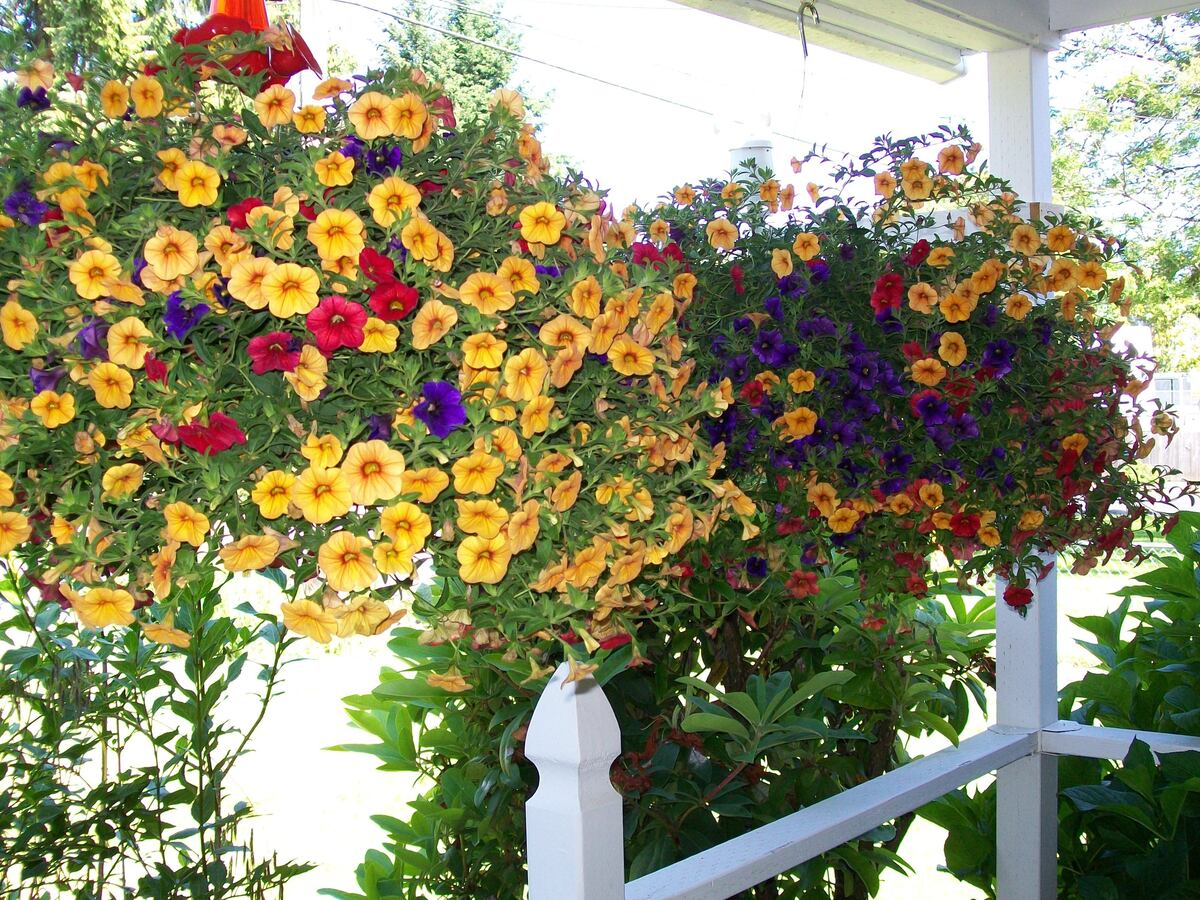
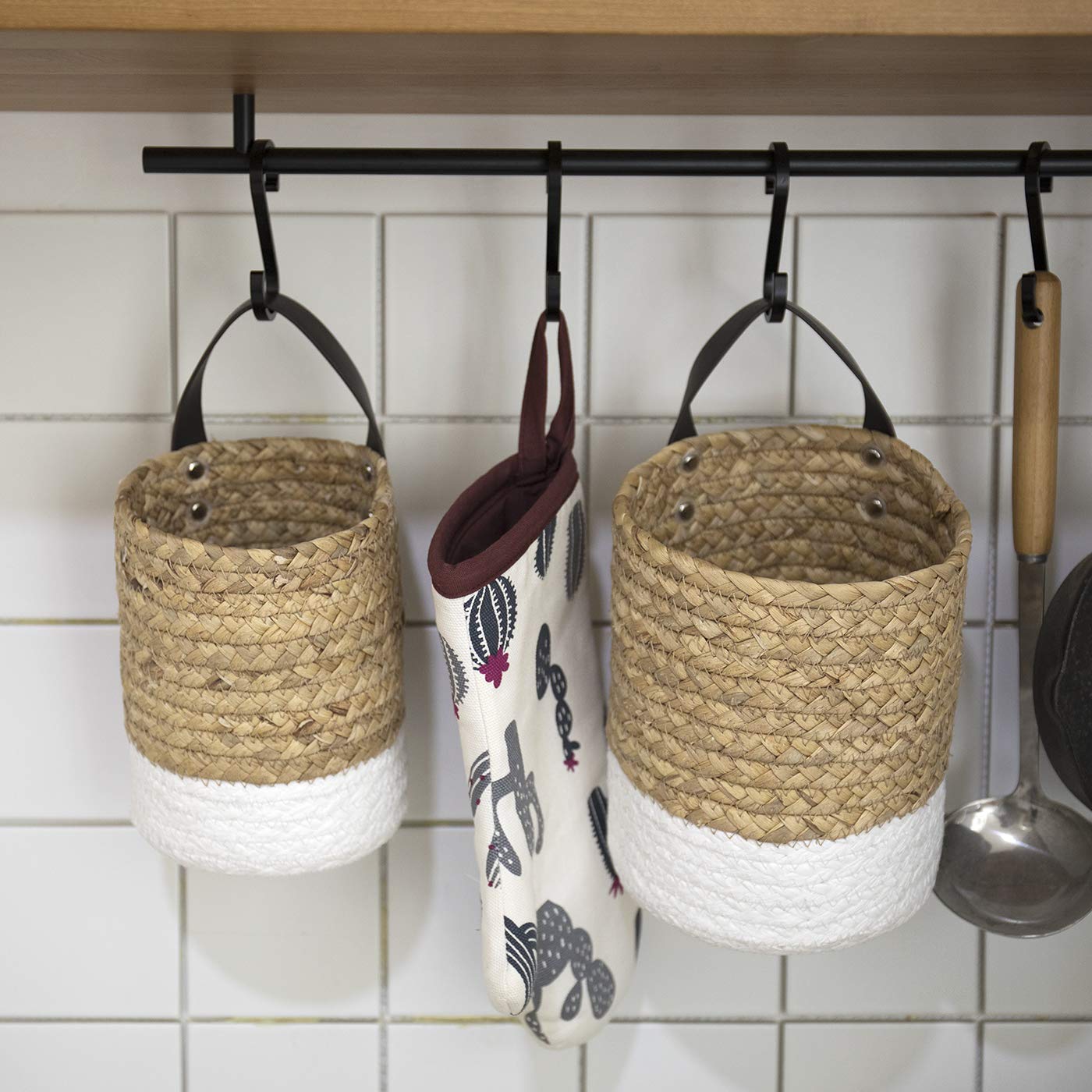
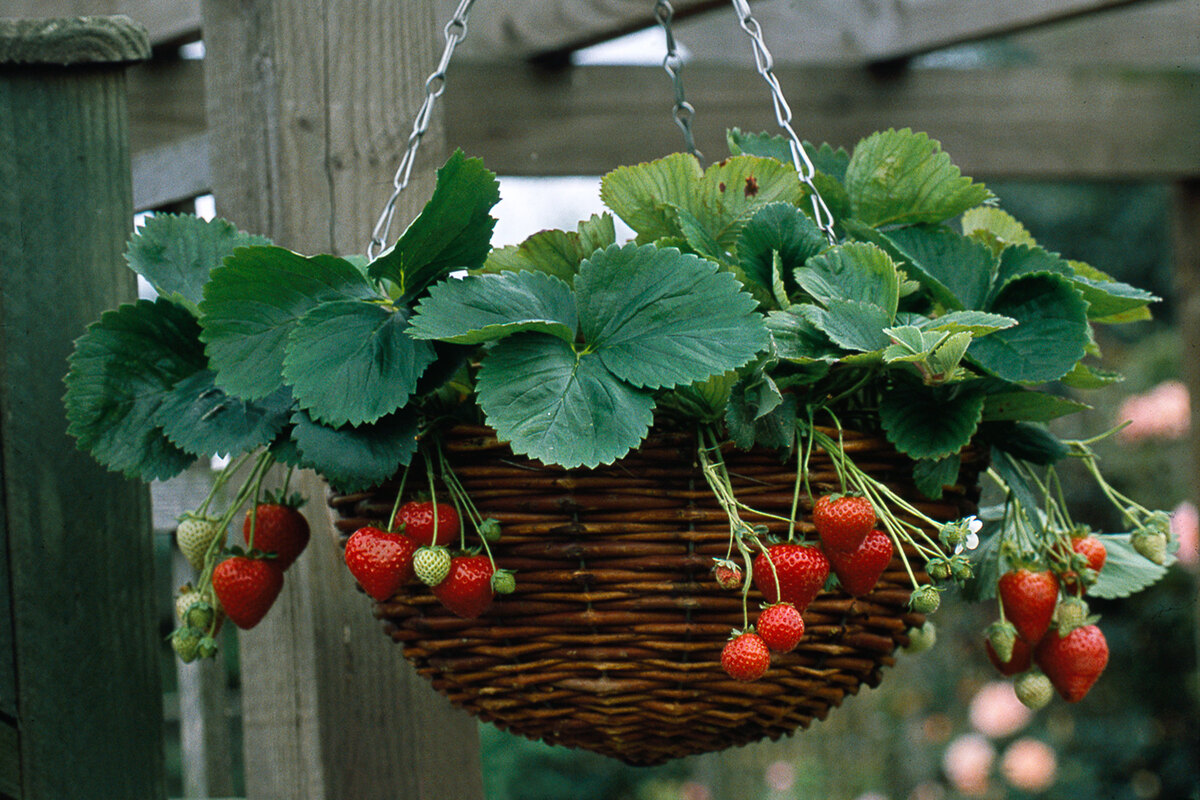
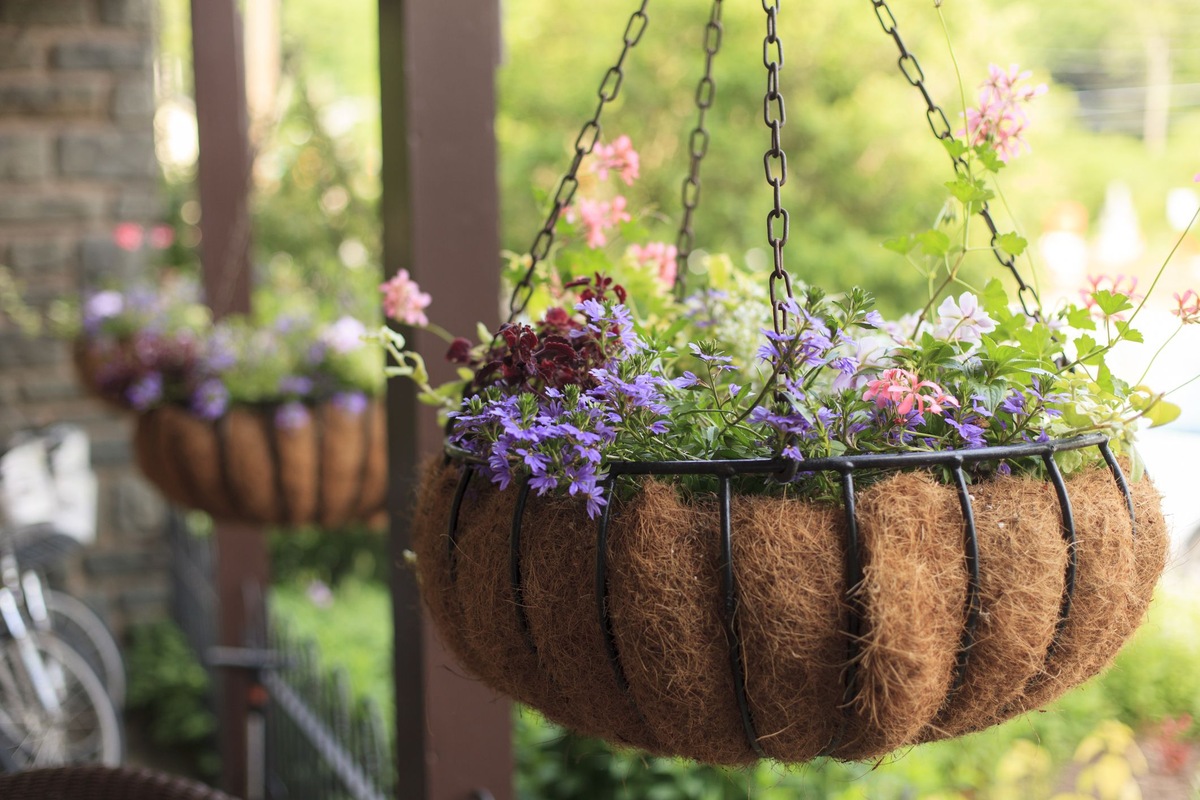
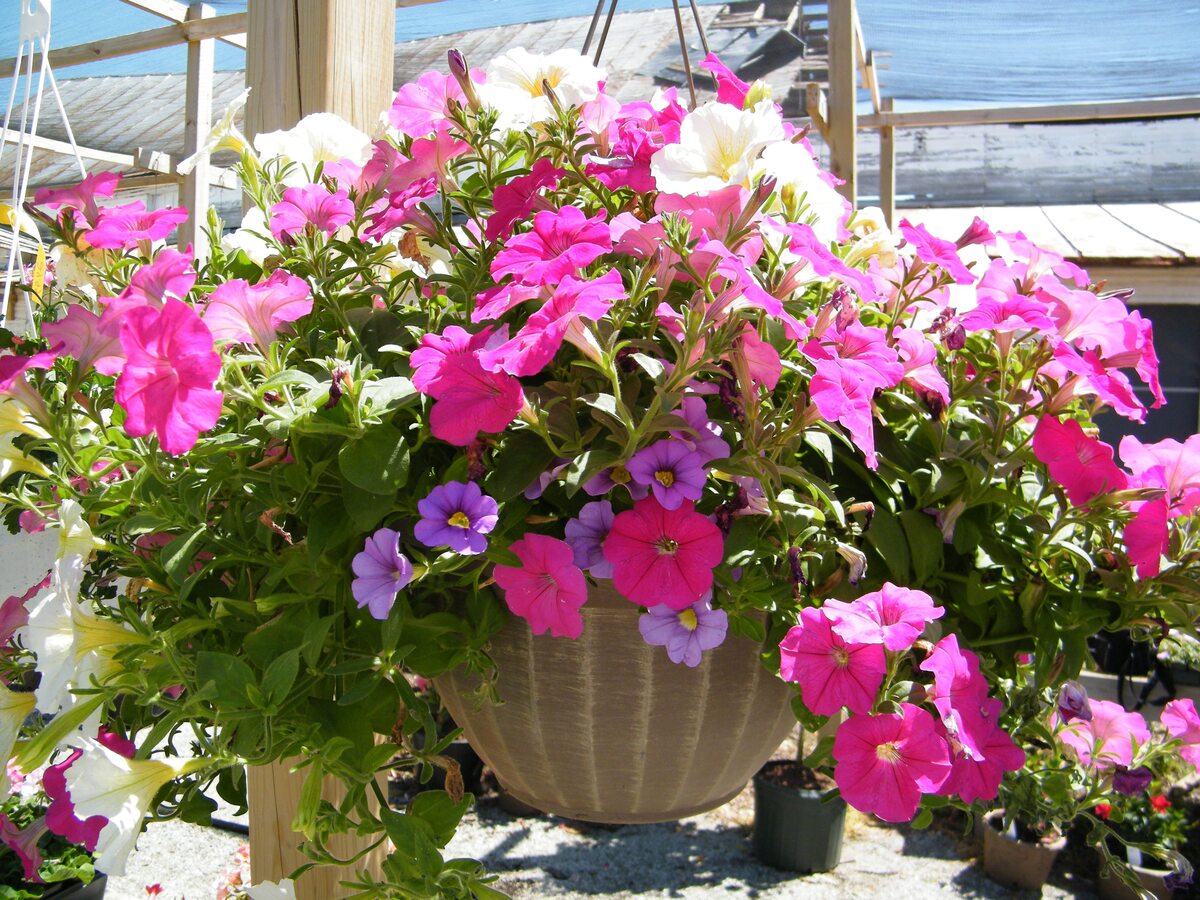
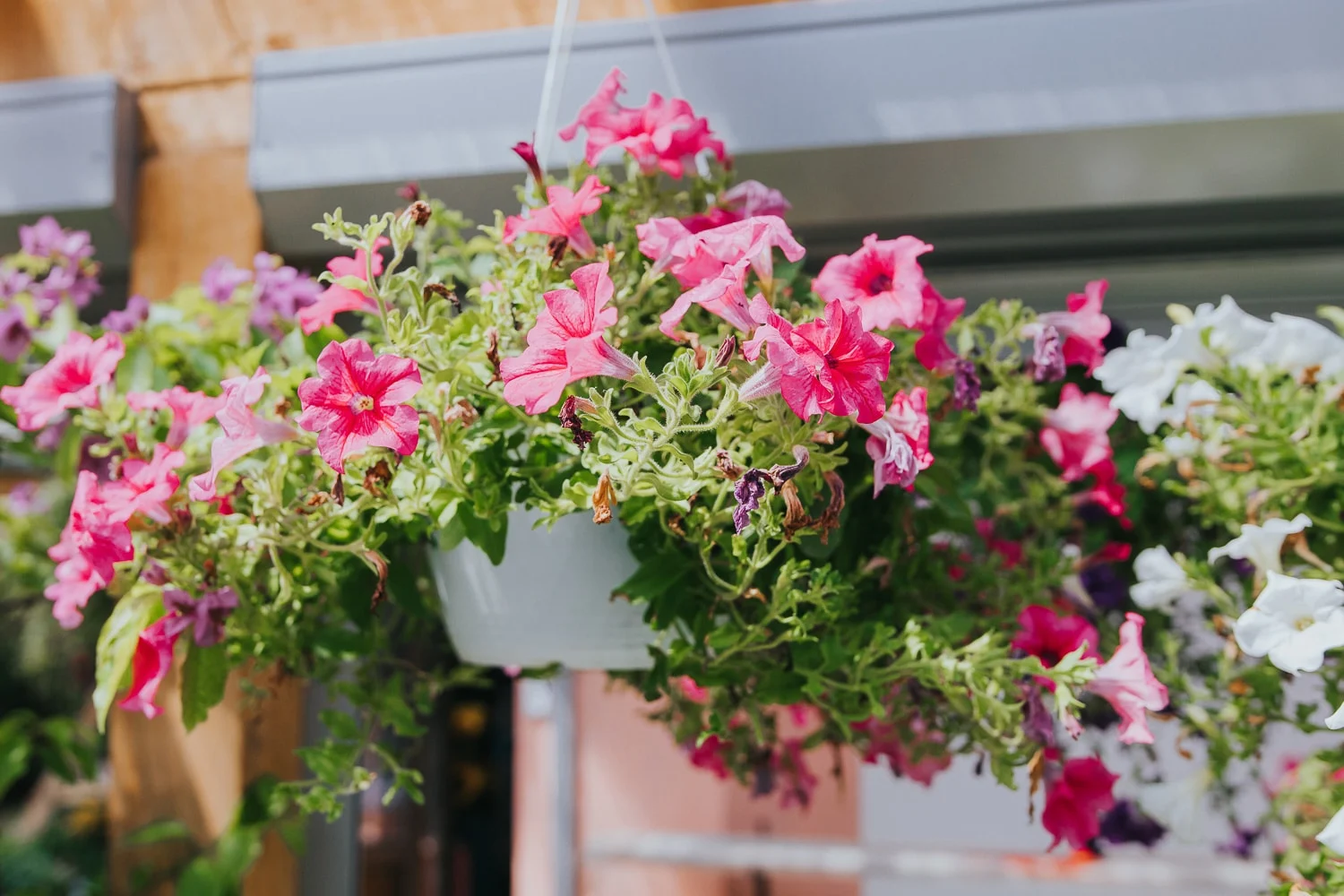
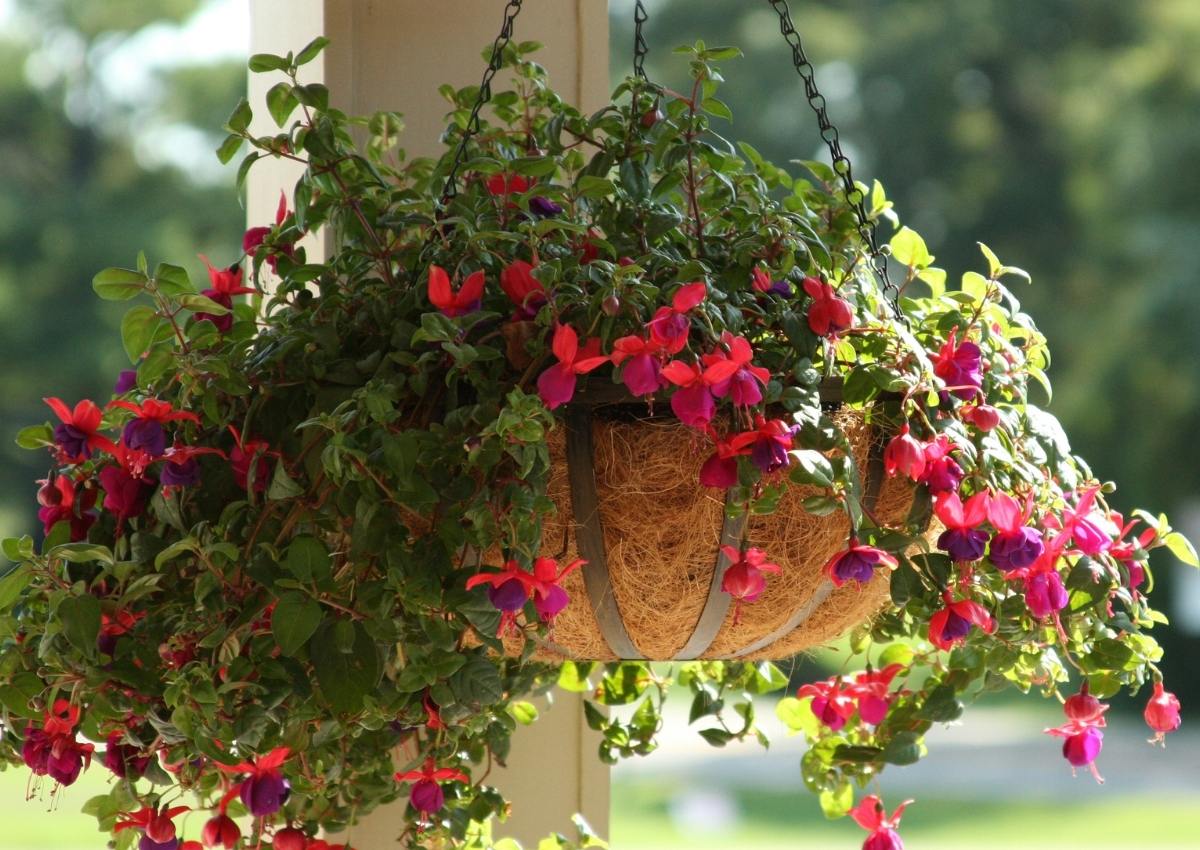
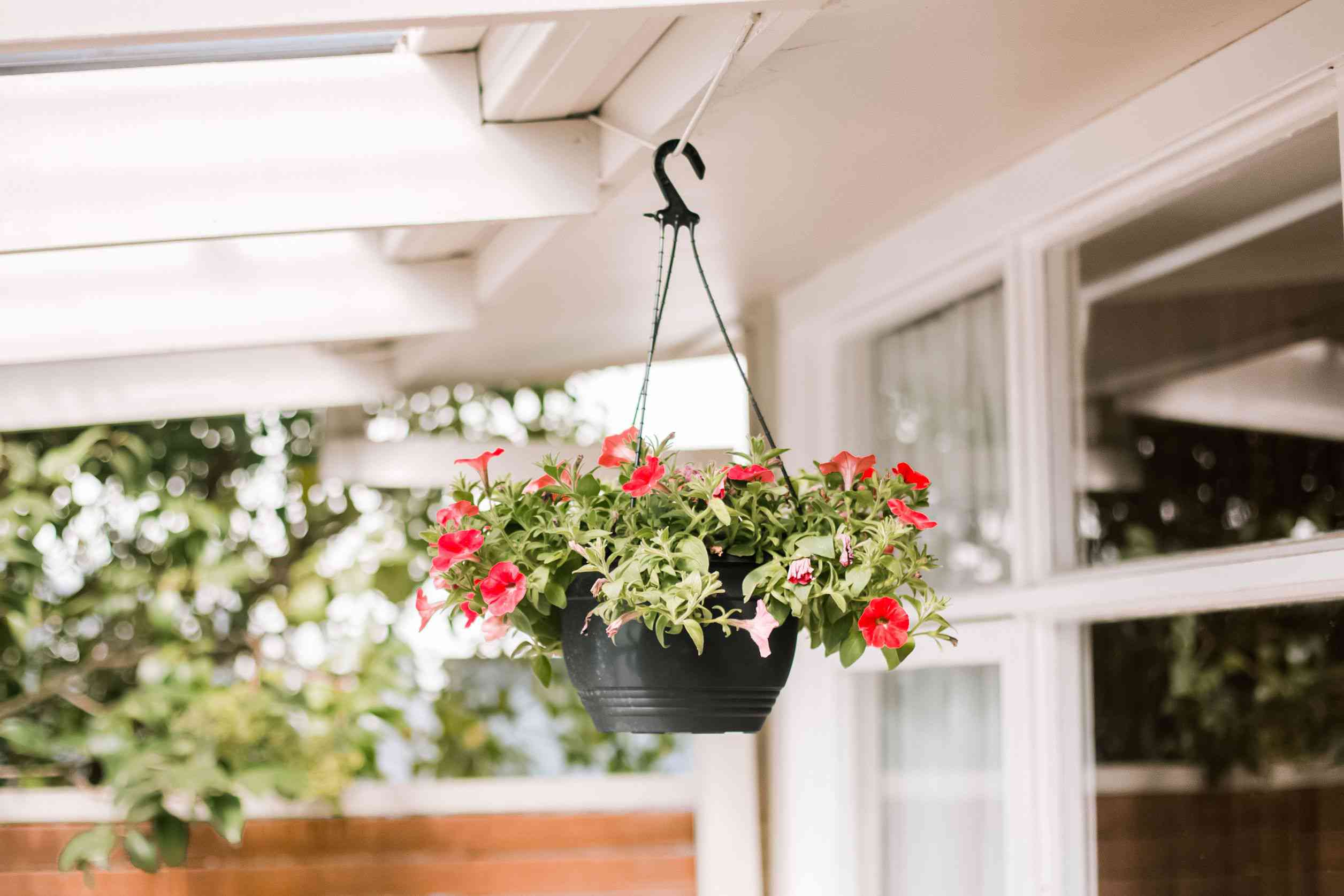
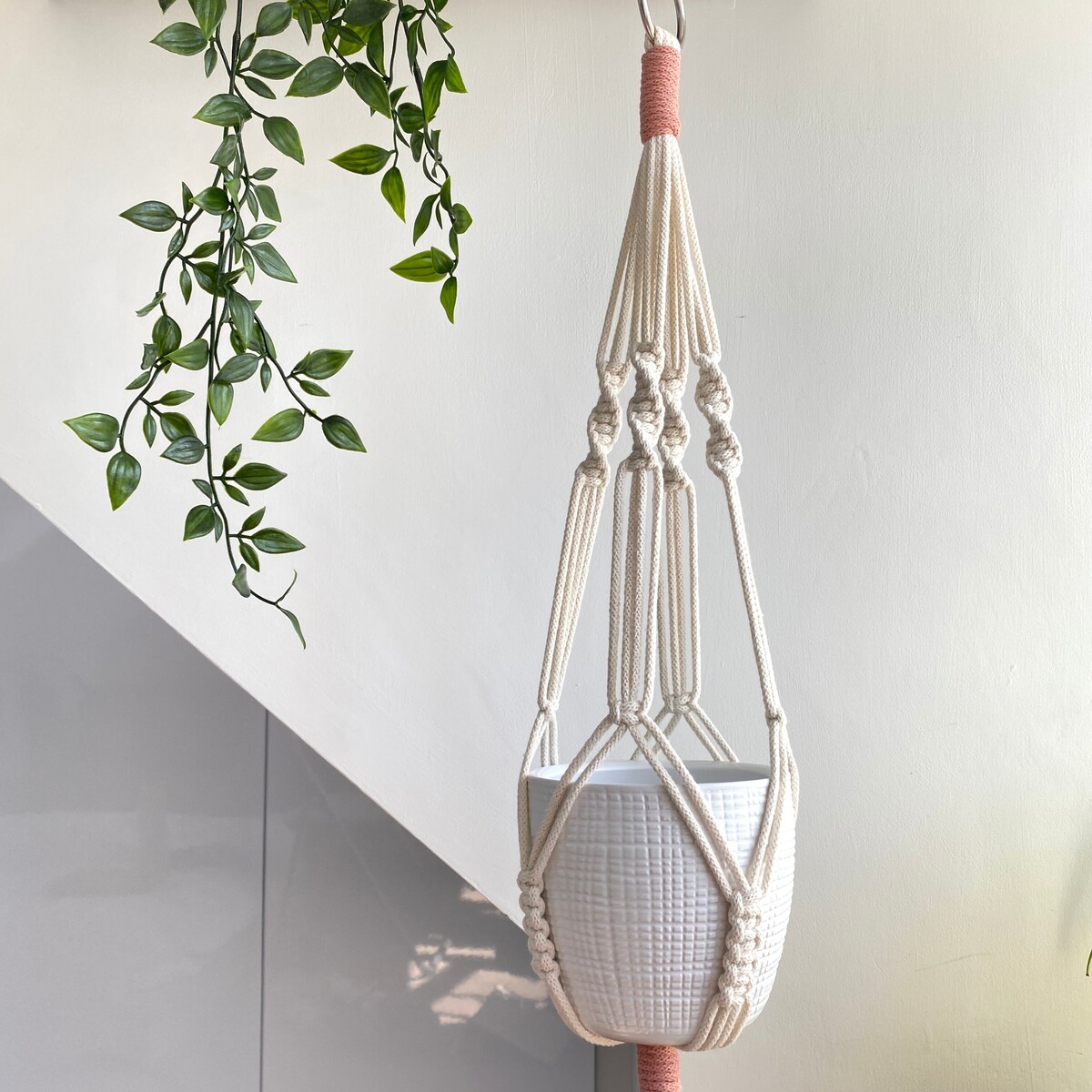
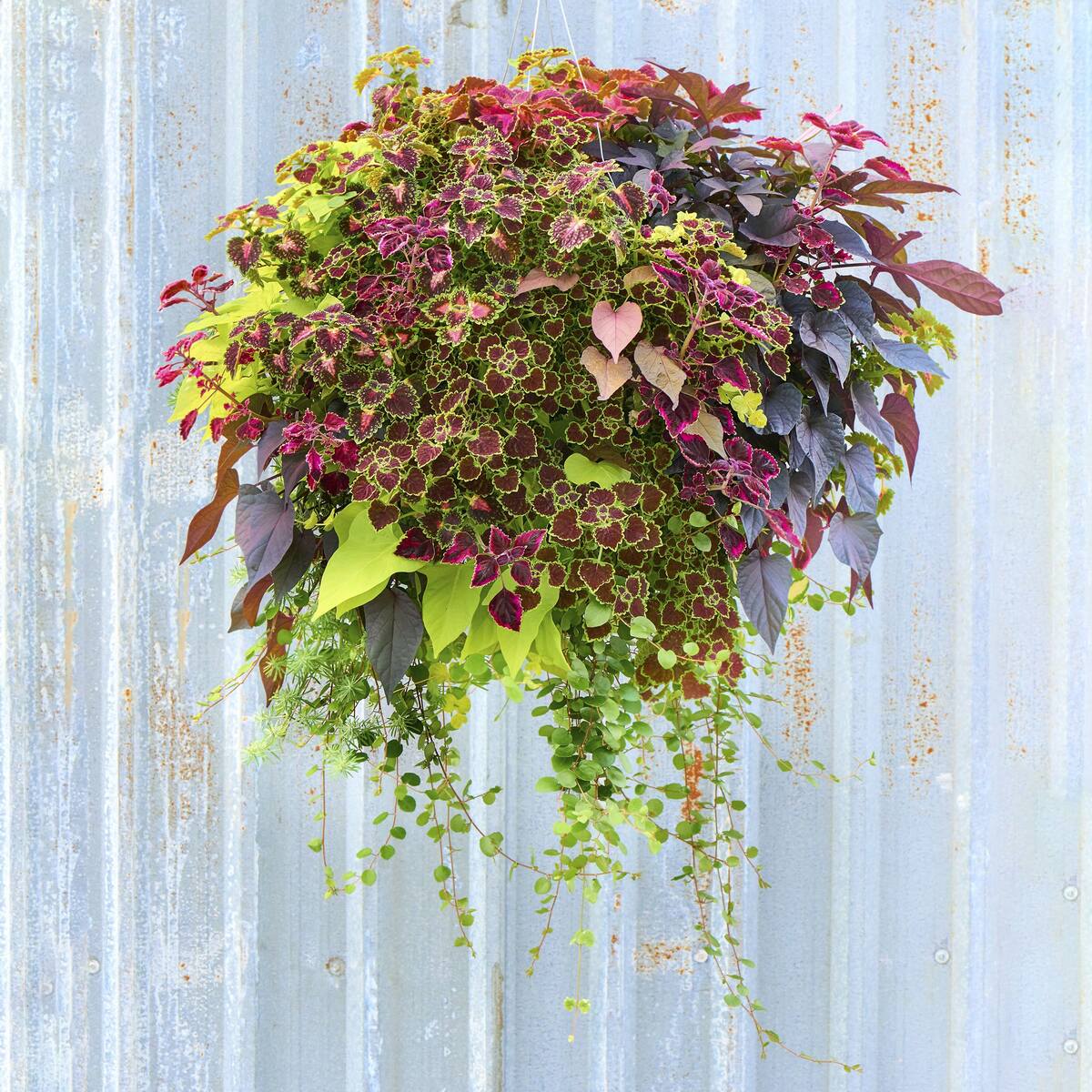

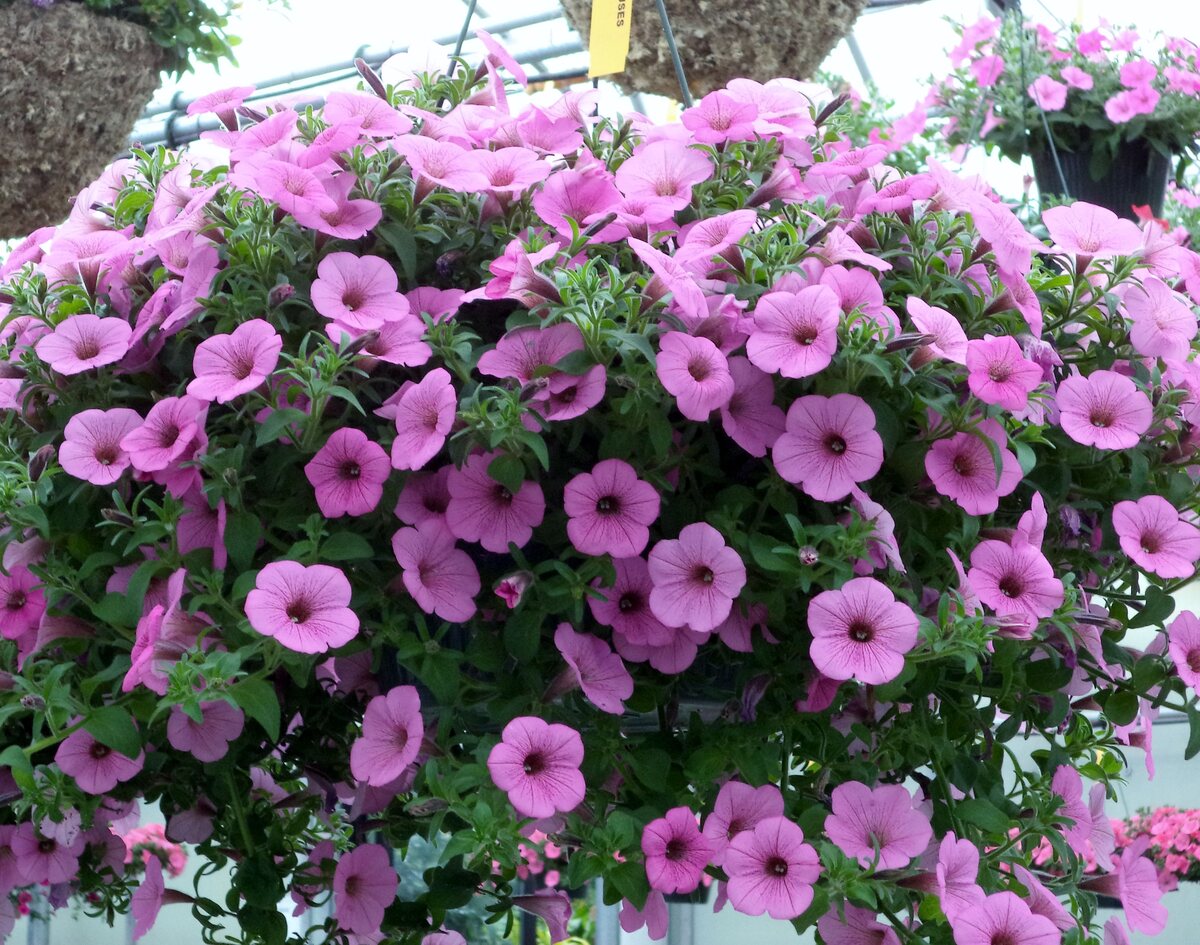
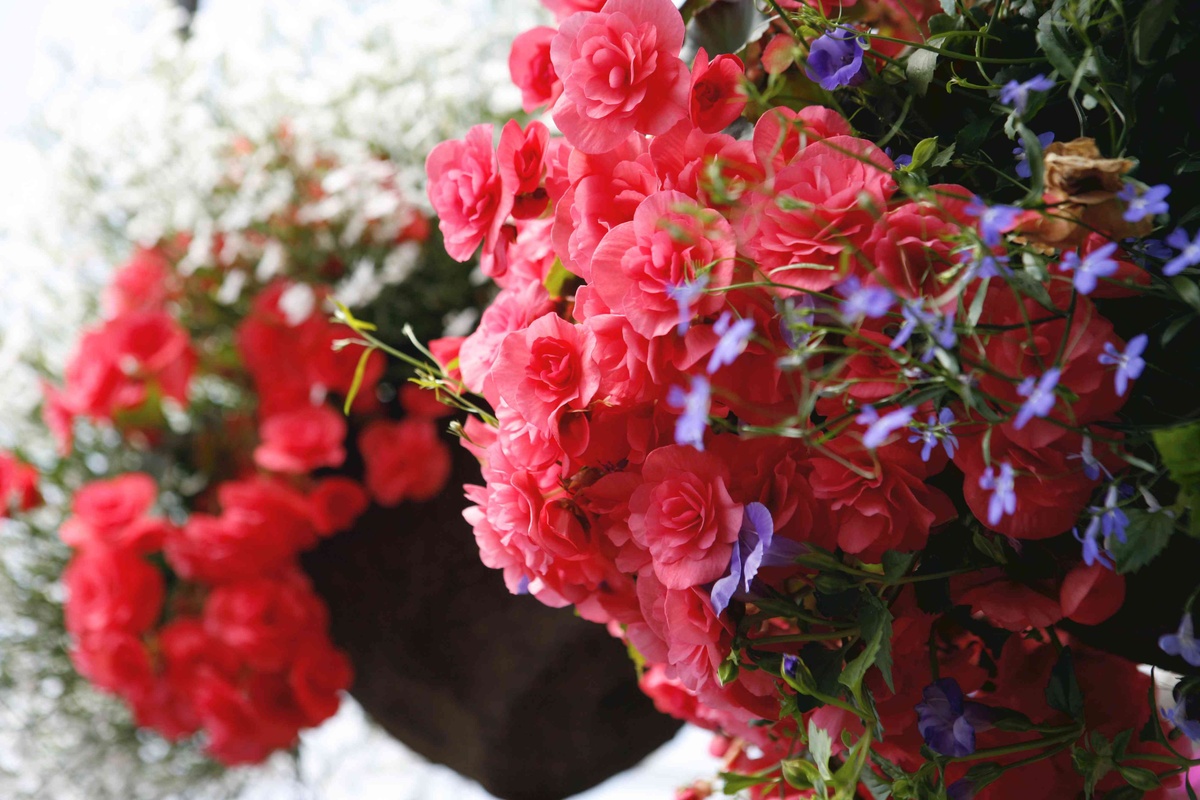

0 thoughts on “How To Care For Impatiens In Hanging Baskets”